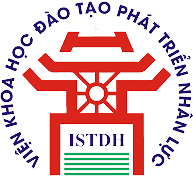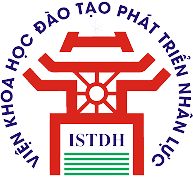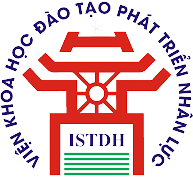No.5, Alley 139, Phu Dien Street, Phu Dien Ward, Bac Tu Liem District, Hanoi

1st Industrial Revolution
Updated:28/08/2023
What is the first technological revolution?
The first technological revolution (also known as the 1.0 technology revolution) was a revolution that took place in the manufacturing sector. This revolution is a fundamental change in socio-economic, cultural and technical conditions. The term technological revolution was first popularized by British economic historian Arnol Toynbee to describe his economic development from 1760 to 1840.
The first revolution was started in England in the 18th century, then spread to other regions around the world. Features of the 1st revolution The outstanding feature of the 1st revolution is mechanical engineering (machines powered by steam and water power). The invention and improvement of the growing machine have replaced manual labor, thereby increasing production
It can be seen that the emergence of the first industrial revolution has changed from a simple, small-scale economy based mainly on manual labor to an industrial economy and machine manufacturing in Vietnam. large scale. The first industrial revolution was initiated with the mechanization of the textile industry.
In the UK: Birthplace of the Industrial Revolution
Thanks in part to its humid climate, ideal for sheep farming, England has a long history of producing textiles such as wool, linen and cotton. But before the Industrial Revolution, the British textile business was a veritable "small handicraft industry", with work being done in small workshops or even in the homes of spinners, weavers and weavers. and dyers.
Beginning in the mid-18th century, innovations such as the flying shuttle, spinning machine, waterframe, and electric loom made weaving and spinning and threading much easier. Fabric production becomes faster and requires less time and less human labor. More efficient mechanized production meant that Britain's new textile mills could meet the growing demand for fabrics both at home and abroad, where many of the country's overseas colonies provided a fixed market for their goods. In addition to textiles, the British iron industry also adopted new innovations. More efficient mechanized production meant that new British textile mills could meet the growing demand for fabrics both in and abroad, where many of the country's overseas colonies provided a fixed market for their goods. In addition to textiles, the British iron industry also adopted new innovations.
Chief among the new techniques is smelting iron ore with coke (a material created by heating coal) instead of traditional charcoal. This method was both cheaper and produced higher quality materials, allowing British iron and steel production to expand to meet the demand created by the Napoleonic Wars (1803-15) and the later development of railway industry.
The first industrial revolution opened a new era in human history - the era of mechanized, mechanized production. The most outstanding achievements of the 1st industrial revolution mainly came from 3 main groups of industries: textile, metallurgy and transportation. The achievements in these industries have created a stepping stone for the economy to develop.
Textile industry
The most outstanding achievement in the textile industry was mechanization through the invention of the steam engine. Accordingly, in 1784, James Watt - laboratory assistant of a university The achievement of the first industrial revolution invented the steam engine. Thanks to this invention, a textile mill could be located anywhere. In 1785, priest Edmund Cartwright made an important invention in the textile industry, the loom. This machine has increased weaving productivity up to 40 times. These inventions have helped the textile industry to make new strides in productivity and output. Machines have supported people in the most difficult stages.
Metallurgical industry
The first industrial revolution brought a remarkable achievement to metallurgy with the milestone Henry Cort discovered how to smelt iron "puddling" in 1784. This event opened a new step for metallurgy. In 1885, Henry Bessemer invented a furnace to smelt iron into liquid steel, overcoming the disadvantages of the previous iron pudding machine.
Transportation industry
The development of the industrial revolution facilitated the expansion of the transport and railway system. The first steam locomotive in 1804 marked the birth of transportation. By 1829, train speeds had reached 14 mph. In 1807, Robert Fulton built a steamship to replace oars and sails.
Impact of the steam engine
An icon of the Industrial Revolution appeared in the early 1700s, when Thomas Newcomen designed the prototype for the first modern steam engine. Called the "atmospheric steam engine," Newcomen's invention was originally applied to power machines used to pump water out of mine shafts.
In the 1760s, the Sc engineer.
Active News
There are no posts
Science News
There are no posts

Institute of Science Training Human Development
Certificate of registration of Science and Technology activities No. A-1247
No.5, Alley 139, Phu Dien Street, Phu Dien Ward, Bac Tu Liem District, Hanoi
+84 2463.289.555
[email protected]
Link Website
Connect
Visitors Count
Total:
0Today:
0Online:
0
